SOURCE: RAUNAK KUNDE / NEWS BEAT / IDRW.ORG
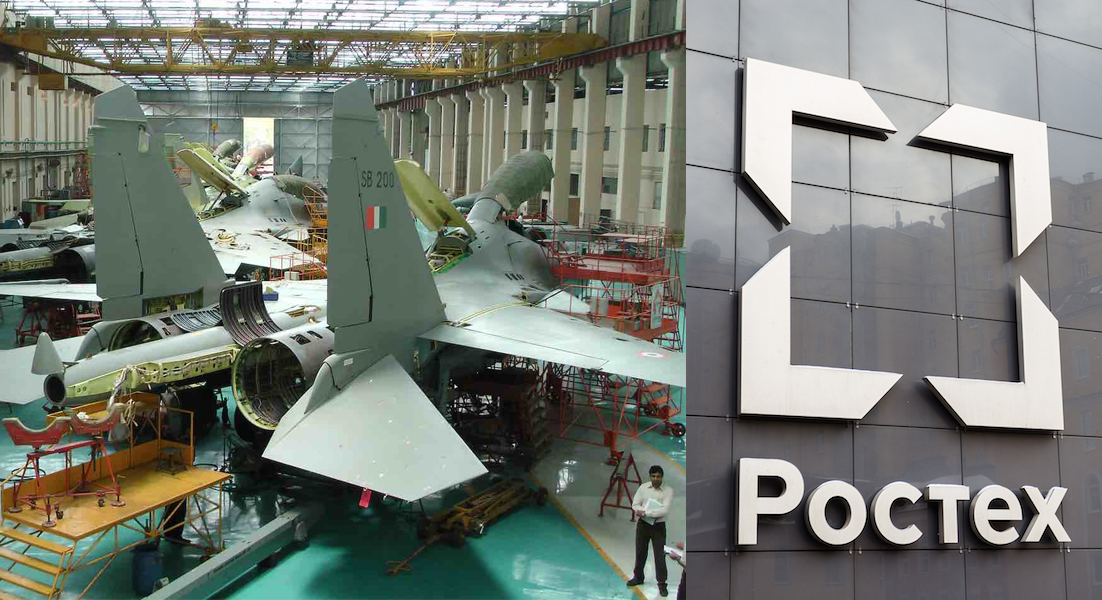
After months of deadlock over the supply of spare parts for Russian-origin weapons systems used by the Indian Armed Forces, a recent meeting between Indian and Russian officials could be the key to breaking the logjam.
The Indian Defence Ministry has urged Russian OEMs like Uralvagonzavod, Tecmash, Bazalt, Tactical Missiles Corp., NPO Mashinostroyenia, United Aircraft Corp., Russian Helicopters, Oboronprom, Almaz-Antey, United Engine Corp., United Shipbuilding Corp., Zvezdochka Ship Repair Center, Admiralty Shipyards, Aerospace Equipment Corp., and Urals Optical and Mechanical Plant to participate in the ‘Make in India’ initiative by opening offices in India, either through local joint partnerships or by appointing local Indian companies to manufacture their spares in the country.
Continue readingSOURCE: DEEPAK HILORI/ FOR MY TAKE / IDRW.ORG
Although the US has often claimed that India is a trading partner equal to its NATO allies, there have been instances where the US denied state-of-the-art defense hardware that India wanted. One such instance was when India was interested in acquiring Israel’s Arrow 2 anti-ballistic missiles, but the US did not give export clearance for it.
Another instance was when the US offered India its Patriot PAC-3 and THAAD Air Defense system to thwart India’s purchase of the Russian S-400 air defense system. However, the US has not provided India with the General Atomics MQ-20 Avenger (Predator C) that the Indian Air Force wanted to bolster its offensive capabilities, despite offering the General Atomics MQ-1 Predator armed drone to India in the past.
Continue readingSOURCE: RAUNAK KUNDE / NEWS BEAT / IDRW.ORG
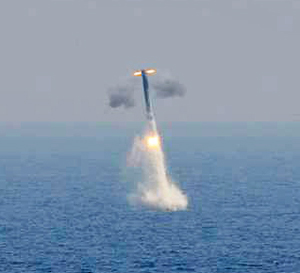
BrahMos Aerospace and the Indian Navy are currently negotiating the development of a submarine-launched cruise missile based on the BrahMos. The missile is expected to have a range of 800-1000km and will be launched from the Vertical Launch Systems (VLS) of a submarine that is under consideration for the six submarines that are to be acquired as part of Project-75I.
The BrahMos Supersonic cruise missile had previously demonstrated the capability to be launched from a pontoon-based silo at a depth of 40-50 meters several years ago. However, as the Indian Navy did not possess submarines equipped with a Vertical Launching System (VLS) at that time, the previous variant had a limited range of 300km.
Continue readingSOURCE: RAUNAK KUNDE / NEWS BEAT / IDRW.ORG
India has implemented a two-tiered Ballistic Missile Defence (BMD) system to intercept hostile Ballistic Missiles and is currently developing a new set of Long-Range Discrimination Radar systems that will be capable of tracking incoming missiles while differentiating lethal warheads from decoys or other non-lethal objects.
Although India already possesses Long-Range Ballistic Missile Defence Radars that can track missile launches and their reentry, allowing for the prediction of target areas before an Interceptor missile can be launched at the hostile missile or its warhead, adversaries can potentially overwhelm India’s defences with multiple decoy launches.
Continue readingSOURCE: RAUNAK KUNDE / NEWS BEAT / IDRW.ORG
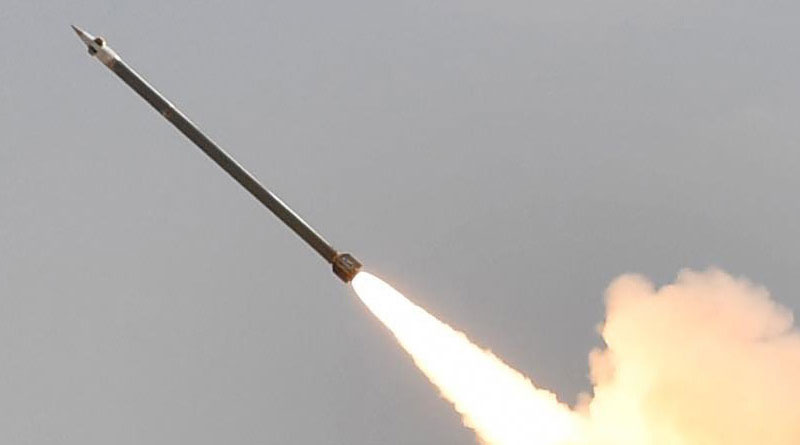
According to sources familiar with the matter, India is reportedly on the brink of securing a second export order for the Guided Pinaka Multi Barrel Rocket Launcher, developed by the Defense Research and Development Organization (DRDO), from an undisclosed country. The negotiations have been ongoing for some time now, and the contract is expected to be finalized in the upcoming months, following which an official announcement is likely to be made.
The DRDO-developed rocket launcher has already been exported to Armenia, and this potential deal marks another milestone in India’s efforts to bolster its defence exports.
Continue readingSOURCE: RAUNAK KUNDE / NEWS BEAT / IDRW.ORG
General Electric, which intends to manufacture the F-414INS6 engine in India either through a partnership with state-owned Hindustan Aeronautics Limited (HAL) or private sector companies, has reportedly been asked by the US administration to disclose the number of committed aircraft that will be powered by the engine. This request comes as GE officials seek clearance from the US administration to locally manufacture the engine, as mandated by Indian laws.
General Electric has agreed to manufacture the F-414INS6 engine in India, including its hot section while retaining the intellectual property rights (IPR) of the engine. However, the company has been informed by the US administration that it should explain measures it plans to take to prevent any potential breach of the engine’s IPR by India. As a result, clearance for the local manufacturing of the engine is currently being withheld but it is expected to be cleared once US administration is satisfied with response.
Continue readingSOURCE: RAUNAK KUNDE / NEWS BEAT / IDRW.ORG
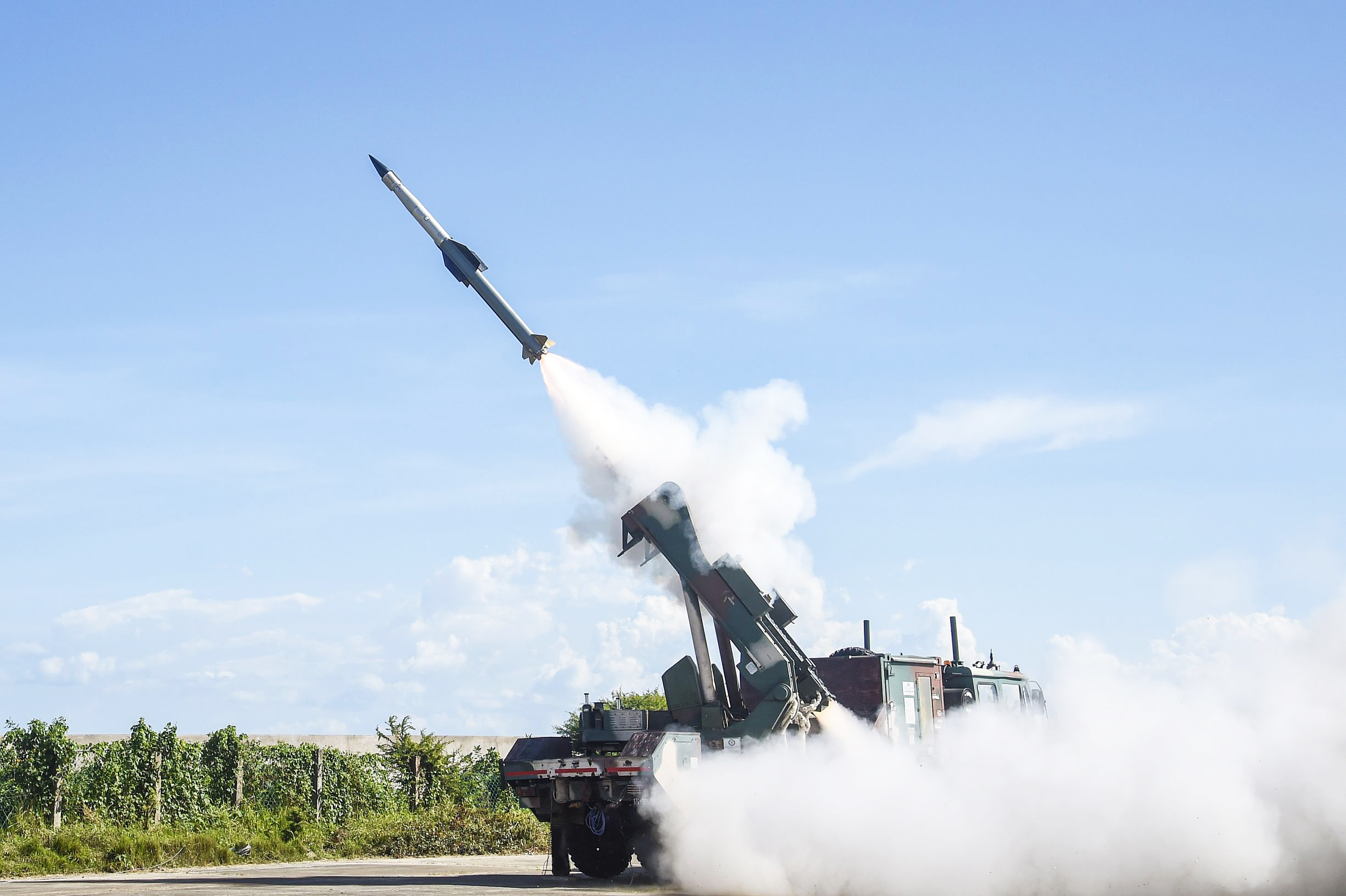
The Indian Defence Research and Development Organisation (DRDO) has resolved glitches in its Quick Reaction Surface to Air Missile (QRSAM) system after Army user trials revealed minor issues with the Active Array Battery Multifunction Radar’s ability to engage hovering helicopters at low altitudes and minimum range.
Bharat Dynamics Limited (BDL) Chairman & Managing Director, Cmde Siddharth Mishra (Retd), has stated that the QRSAM system may undergo further user trials later this year and expects orders from the Indian Army to be placed by the end of 2024.
Continue readingSOURCE: RAUNAK KUNDE / NEWS BEAT / IDRW.ORG
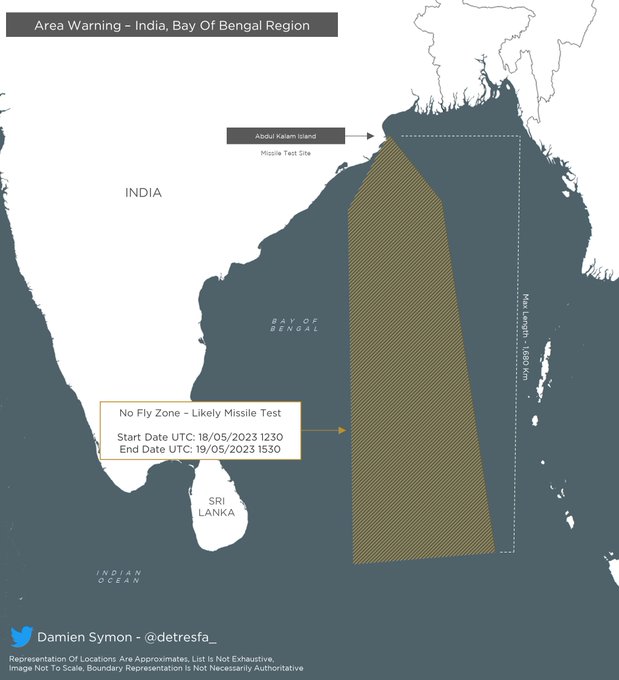
India has issued Notices to Airmen (NOTAM) for a launch of a missile in the Bay of Bengal for the period from 18-19 May 2023 as per information provided by Twitter user Damien Symon@detresfa_.
The designated area for the NOTAM is 1680 km in length which indicates it might be a test of the Agni-P from Abdul Kalam Island. Agni P is a two-stage Canisterised solid propellant ballistic missile with dual redundant navigation and guidance system.
Continue readingSOURCE: JOYDEEP GHOSH/ FOR MY TAKE / IDRW.ORG
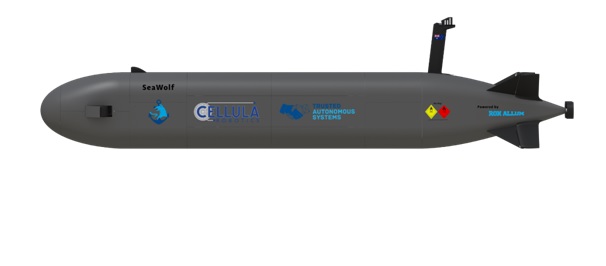
India’s MoD has initiated a project to design and develop Extra Large Unmanned Underwater Vehicles (XLUUV) for Indian Navy to bridge glaring gap in its underwater capabilities due to significant delays to Project-75I. As per reports Indian Navy needs up to 12 XLUUVs. But I would say India must operate at least2 dozen (24) XLUUVs with an endurance of at least 75 days.
The XLUUV may reportedly have a maximum ‘length with payload’ of up to 50 meters, width of up to 5 meters, height no more than 10 meters and gross weight without ballast under 300 tons making it one of the largest submarine drones at par with Germany’s Modifiable Underwater Mothership, US Navy’s Orca XLUUV and Russia’s Sarma-D, that are in the prototyping phase.
Continue readingSOURCE: RAUNAK KUNDE / NEWS BEAT / IDRW.ORG

The Indian Air Force’s plan to acquire 114 multi-role fighter jets (MRFA) for $20 billion has been hit by delays in issuing Requests for Proposals (RFP). The tender, which is the largest for fighter jets, has made little or no progress in the last four years, causing concern among defence analysts.
However, there is hope that the process will move forward soon. Air Marshal Narmdeshwar Tiwari, the Deputy Chief of the Air Force, recently said that he expects the Acceptance of Necessity (AoN) for MRFA to be issued within the next three to four months.
Continue readingSOURCE: RAUNAK KUNDE / NEWS BEAT / IDRW.ORG
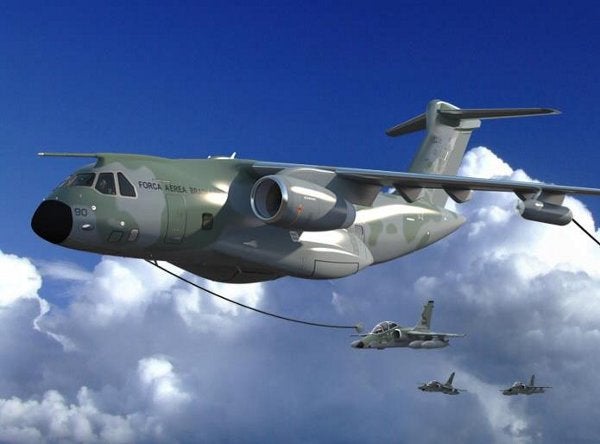
According to a recent confirmation by Bosco da Costa Junior, President & CEO of Embraer Defense & Security, the C390, a Medium role Transporter aircraft manufactured by Embraer, can be easily converted into a Flight Refuelling Aircraft (FRA) for the Indian Air Force (IAF) if requested. The C390 can be equipped with an air-to-air refuelling system installed under its wing pods, making it a suitable choice for the IAF’s needs.
A report by idrw had previously mentioned that the IAF is looking to procure up to 80 Medium role Transporter aircraft to replace its ageing Soviet-era An-32s Transporters, with a focus on local manufacturing in India under transfer of technology (ToT) agreements.
Continue readingSOURCE: RAUNAK KUNDE / NEWS BEAT / IDRW.ORG

Pixxel, a start-up based in Bengaluru, is venturing into the surveillance and reconnaissance sector with its cutting-edge hyperspectral imagery satellites. The company is eager to provide its advanced technology to the Indian defence sector.
Pixxel’s state-of-the-art satellites offer unparalleled capabilities in terms of spectral and spatial resolution, making them ideal for defence applications. The high-resolution imagery can provide critical information on land, air, and sea-based activities, which can aid in reconnaissance and intelligence gathering.
Continue readingSOURCE: RAUNAK KUNDE / NEWS BEAT / IDRW.ORG
BrahMos Aerospace, the company that is developing BrahMos-Ng (Next Generation), a Mach 3.5 capable supersonic cruise missile for the Indian Armed Forces, is now aiming to reduce the missile’s weight even further. Currently weighing 1.5 tons, the company is looking to bring the weight down to just 1.3 tons, making it compatible with any launch fighter jet in the Indian Air Force (IAF) fleet.
According to Financial Express Online, design work on the NG is ongoing and a design assessment will be carried out in Moscow soon. Following this, qualifying trials of the new version of the BrahMos Missile will be conducted by 2024.
Continue readingSOURCE: RAUNAK KUNDE / NEWS BEAT / IDRW.ORG
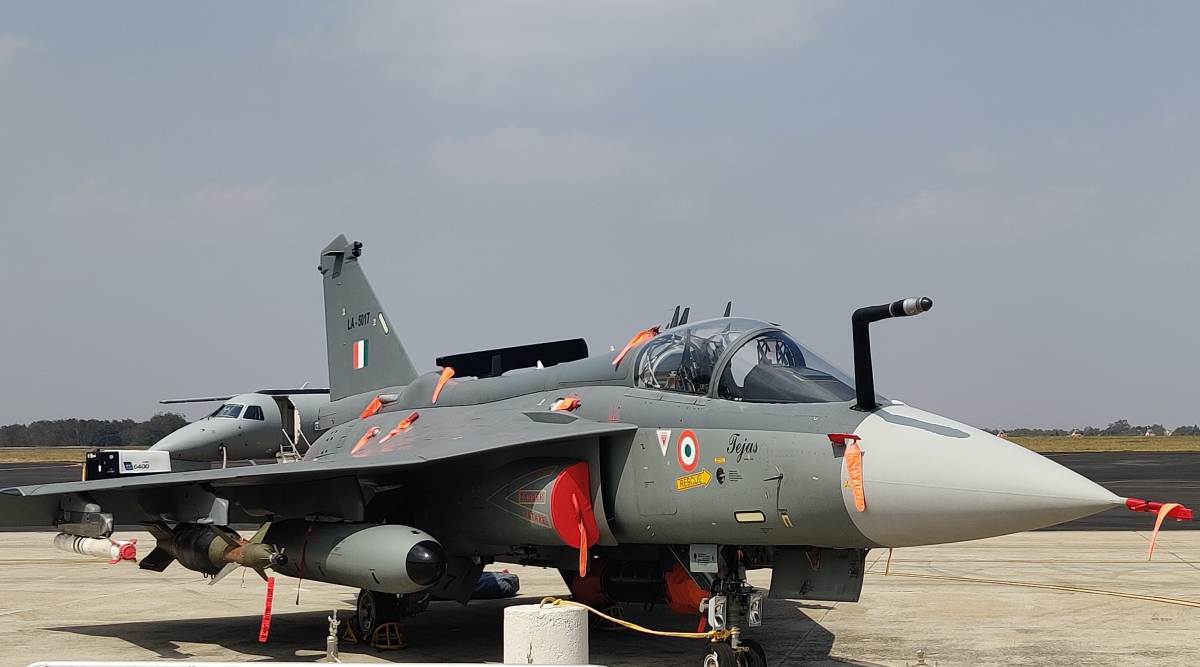
A recent report by “The Tribune” revealed that officials from the Indian Air Force (IAF), Hindustan Aeronautics Limited (HAL), and the Ministry of Defence (MOD) discussed the delivery schedule of the Tejas Mk1A program during a review meeting last month. The IAF officials reportedly instructed HAL to adhere to the contractual obligation of delivering a minimum of 16 Tejas Mk1A aircraft per year, as per the agreement signed in 2021 for the procurement of 73 Tejas Mk1A fighter jets.
According to a recent report by the Economic Times, while the delivery of the first three Mk1A versions of the aircraft is scheduled for March 2024, delays can be expected as several obstacles still need to be overcome, including certification in full combat configuration.
Continue readingSOURCE: RAUNAK KUNDE / NEWS BEAT / IDRW.ORG
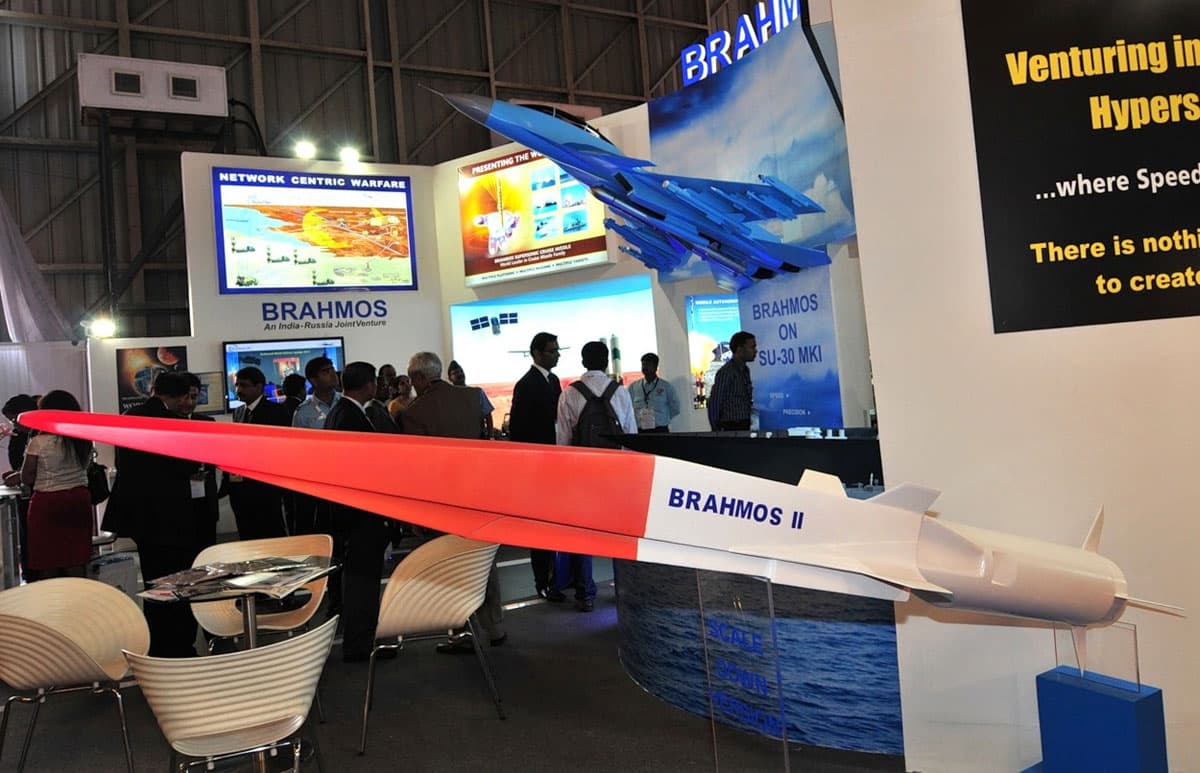
According to reports, BrahMos Aerospace (BAPL) has proposed a joint development program for the BrahMos 2K Hypersonic cruise missile, which will be based on the Russian 3M22 Zircon hypersonic cruise missile. However, the proposed program is waiting for official clearance from the Indian Ministry of Defence to proceed. Atul Dinkar Rane, CEO and MD, BrahMos Aerospace confirmed that the cost of the BrahMos 2K missile is expected to be twice that of the current BrahMos cruise missile.
Financial Express Online recently reported that Rane stated that the development of the BrahMos 2K Hypersonic will take time due to its high cost, and as a result, the Indian Armed Forces may not place many orders for the missile.
Continue reading